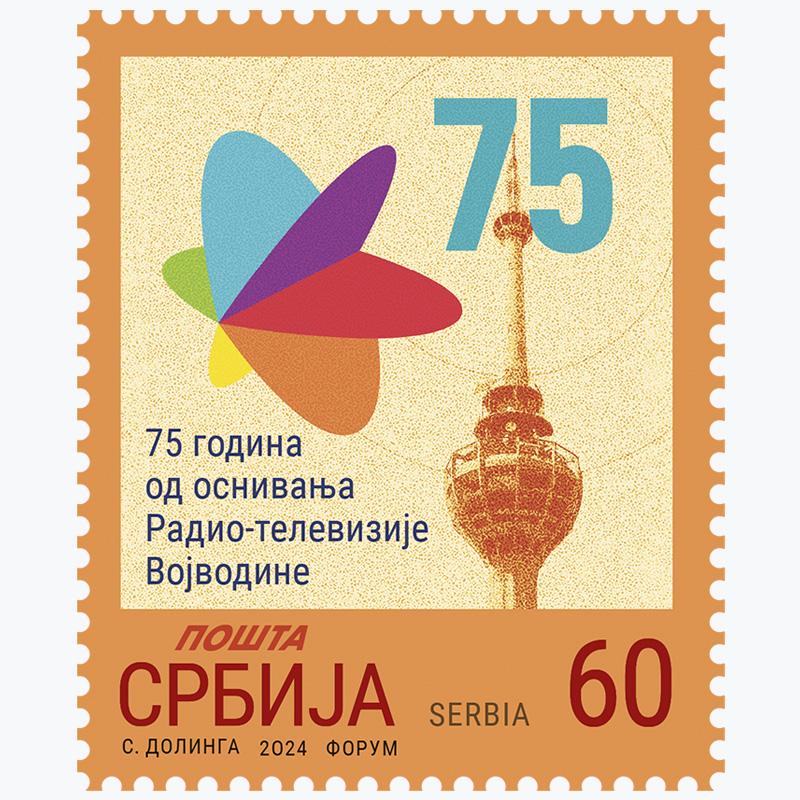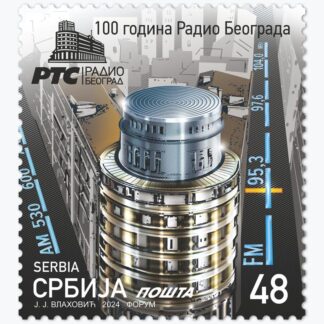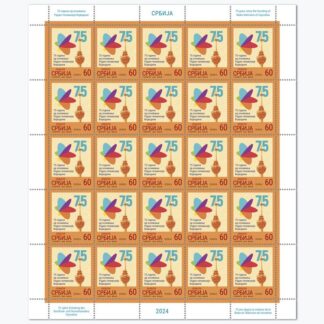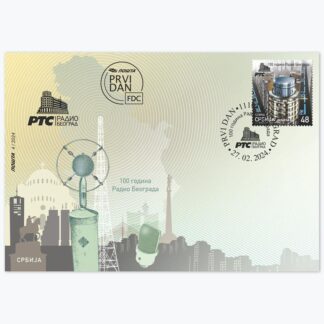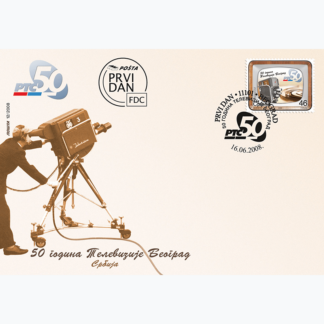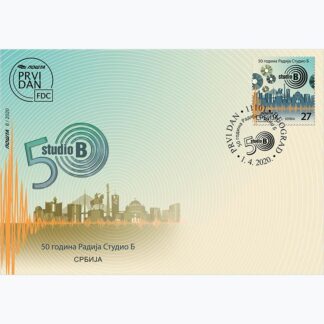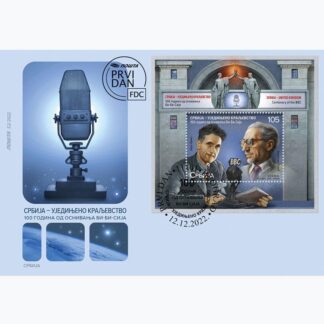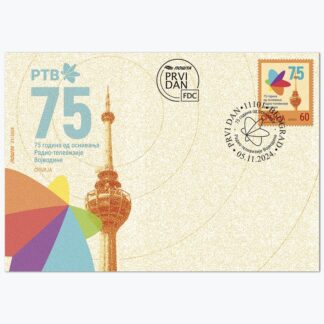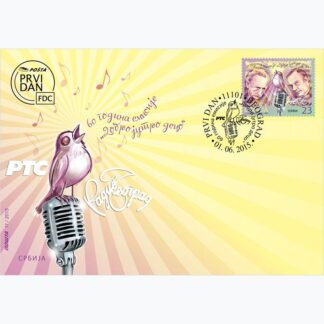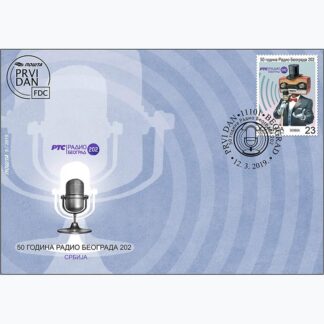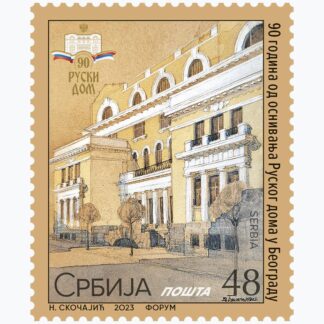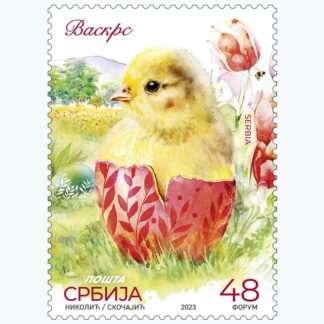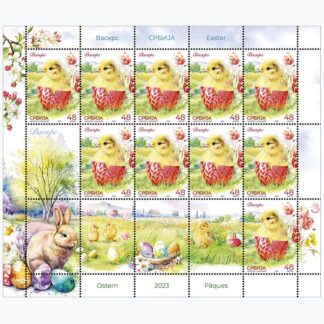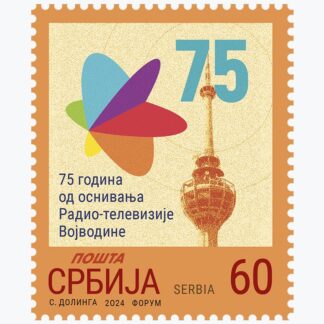Description
In the tumultuous years after the end of World War II, the young socialist state of Yugoslavia faced a propaganda war waged against it by the Cominform. In the desire to adequately respond to the accusations of the countries of the Stalin bloc in the surrounding of which Yugoslavia was located, on November 29, 1949, Radio–Novi Sad was launched, a regional radio station that broadcast its program in five languages – Serbo-Croatian, Hungarian, Slovak, Romanian and Rusyn.
The informative program of this radio was not intended only for members of the national minorities of the multi-ethnic Vojvodina, but also for the residents of the surrounding countries who, very soon after the launch of Radio–Novi Sad, became its permanent listeners, because this radio, in addition to informative programs, also broadcast popular music unconstrained by ideology, bringing a touch of European and global pop culture to the residents of the Eastern Bloc countries on their radio waves.
The development of the media and the progress of technology in the 20th century also led to the need to create a television program for the residents of Vojvodina, so, by the decision of the Assembly of AP Vojvodina, Radio-Novi Sad grew into Radio–Television Novi Sad, RTNS in 1972. The first minutes of the television program of this media company were broadcast on November 26, 1975 from the newly built studio in Mišeluk, Novi Sad. The informative program was broadcast in Serbo-Croatian and Hungarian, and the rest of the program, just like on the radio two and a half decades earlier, was broadcast in five languages.
At the beginning of the 21st century, RTNS grew into a public radio and television service, Radio-television of Vojvodina. Today, two television and four radio programs of this media house are broadcast from the new building of Radio-television of Vojvodina in Mišeluk, recognizable by its dominant antenna pole. In the modern building, moved into in 2021, there are five TV studios, radio studios, a music studio and two universal sound studios where around 1,200 RTV employees create countless hours of television and radio programs every day.
Expert collaboration and design: Radio-television of Vojvodina
Graphic realization: MA Nadežda Skočajić, Academic Graphic Artist
